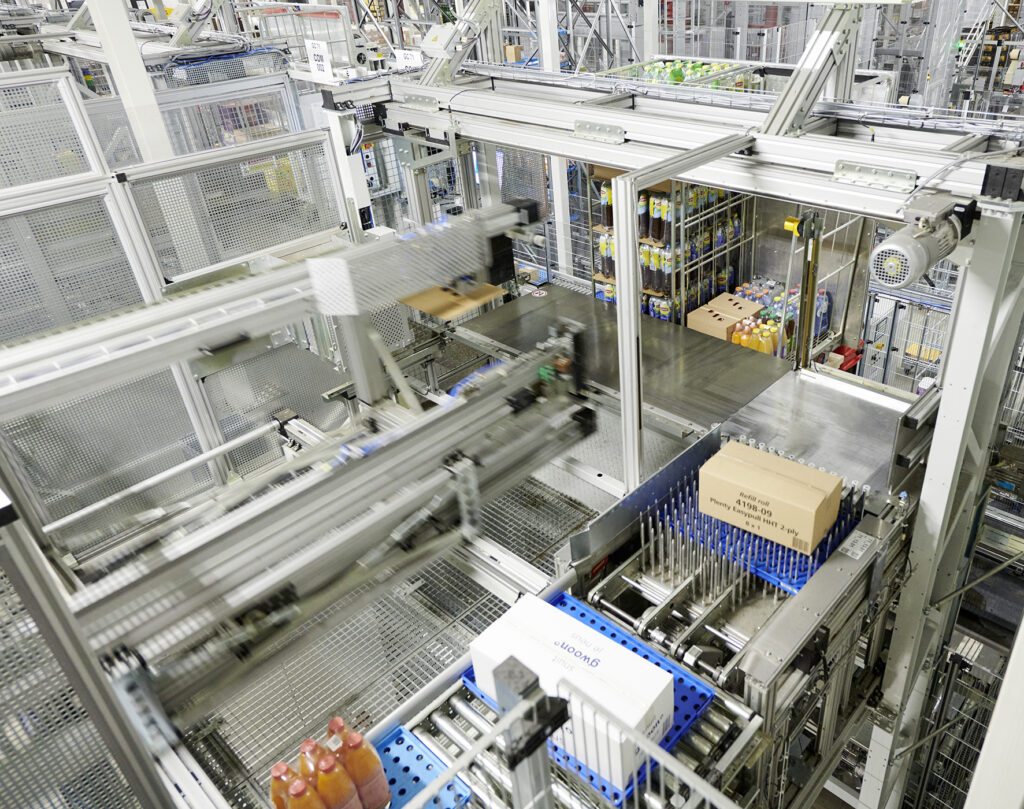Supply Chain 2024 Predictions
12th December 2023

Joe Dunleavy, Vice President of Innovation at Endava – a global provider of digital transformation, agile development, and intelligent services – provides his insight and 2024 predictions.
1. Rapid integration of advanced technologies
In 2024, I expect that we’ll witness an accelerated integration of advanced technologies in supply chain management. In particular, I anticipate predictive analytics and machine learning algorithms will be more widely used to enhance demand forecasting, inventory management, and the overall efficiency of supply chains. This can all be achieved with the likely integration of hardware technologies such as sensors and IoT. This will reduce costs and increase agility, giving companies a competitive advantage. As well as this, it can also aid suppliers’ ability to identify opportunities which reduce their carbon footprint. Additionally, IoT will enable the real-time tracking of goods, ensuring transparency and reducing the risk of disruptions.
2. Building agile and resilient supply chains
In 2024, I expect to see a focus on building agile and resilient supply chains. This can involve leveraging technologies such as AI for predictive analytics, and cloud-based solutions for scalable and flexible infrastructure. The focus will be to build robust supply chain ecosystems which can adapt to unforeseen disruptions and maintain operational continuity. In 2024, resilient supply chains will play a crucial role in offering more efficient operations, improved productivity, and risk reduction. Resilient supply chain technologies reduce risk by allowing visibility into all operations across the network and empowering businesses to optimise and adapt their processes and logistics in real time. This shift towards resilience reflects a proactive approach to challenges, ensuring that supply chain ecosystems can not only withstand disruptions but also thrive in the face of uncertainty.
3. Robotics and automation for warehousing and fulfilment will continue to advance
Whilst robots have been implemented in warehouses for many years, the form they’ve taken continues to evolve with new types of robotics and automation being introduced every year. I expect 2024 to be no different as the warehouse robotics market size is set to see a 16.13% growth as more warehouses invest and expand their capabilities. As investments increase, I expect the deployment of advanced robotics and automation solutions in warehouse and fulfilment operations to increase in tandem. In particular, I expect to see the widespread adoption of Automated Storage and Retrieval Systems (AS & AR) in 2024. Traditionally, manual labour played a significant role in warehouse picking. However, the growing investment in robotics has prompted more warehouses to automate this process, leading to improved efficiency and a reduction in errors. This anticipated prevalence of AS & AR systems in 2024 represents a notable shift towards automation, simplifying operations and minimising manual interventions in warehouse workflows.
4. Final mile delivery and autonomous vehicles
In 2024, I expect to see a ramp up in the integration of autonomous vehicles and drones to reshape the delivery landscape. You can look at examples in the industry such as Manna Drone and Wing as a showcase of what is possible. This has the potential to reduce costs, increase delivery speeds, and improve customer satisfaction. This being said, a key challenge is set to emerge as customers are increasingly seeking free as well as faster deliveries. As the last mile represents the costliest and time-intensive phase of the supply chain, constituting up to 53% of total shipping costs, it will be important to strike a balance between meeting customer expectations for speed and cost-effectiveness while navigating innovations in last-mile technologies.
5. Competitive Last Mile Delivery Begins with Visibility
In 2024, I expect businesses to focus on developing capabilities for last mile delivery visibility to meet rising customer expectations. Consumers are increasingly anticipating visibility for every order, and businesses that can provide this information not only enhance customer satisfaction but also have the potential to reduce calls to their customer service centres. Given these rising expectations, I expect every business will aim to provide comprehensive visibility into orders. This isn’t just a response to customer preferences but also a risk mitigation strategy in case of any delivery-related issues.

